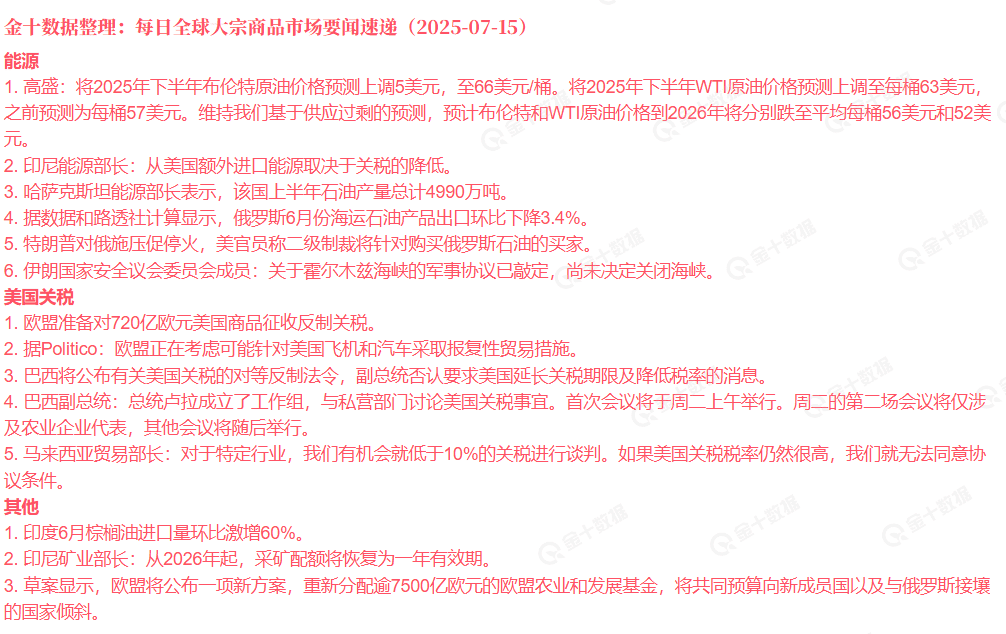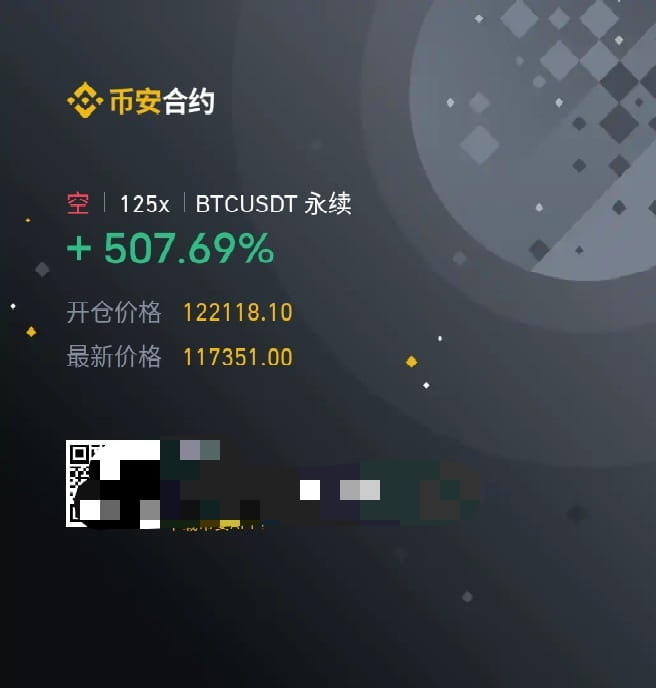Under the intertwining of long and short positions, geopolitical risks and liquidity expectations dominate.

Short-term neutral to bullish, with geopolitical hedging and policy easing expectations providing support:
The signals released by the commodity market today have a structural impact on Bitcoin. The core bullish factors come from the rising geopolitical conflicts and potential policy easing:
Increased demand for geopolitical hedging: The military agreement regarding Iran's Strait of Hormuz remains undecided (there's no decision to close but risks exist), compounded by Trump's threats of secondary sanctions against Russian oil buyers, which exacerbates energy supply uncertainty. Such geopolitical risk events have historically driven funds into non-sovereign hedging assets like Bitcoin.
Trade friction delays tightening: The EU plans countermeasures against $72 billion of U.S. goods, the tariff game between the U.S. and Europe over airplanes and automobiles escalates, and Brazil/Malaysia retaliate simultaneously. The global trade tension suppresses economic growth and may force major central banks (especially the Federal Reserve) to delay interest rate hikes or even shift to easing, improving liquidity expectations support risk assets like Bitcoin.
Long-term economic concerns create pressure, but are not directly bearish:
Goldman Sachs significantly lowered its oil price expectations for 2025-26 (Brent to $56), reflecting deep concerns over weak global demand and oversupply. Although economic slowdown may suppress risk appetite, Bitcoin and commodities (especially crude oil) have a weaker direct correlation. Attention should be paid to whether recession expectations ferment into systemic risks, which could lead to short-term pressure on the crypto market.
Key link: Potential transmission of energy sanctions.
Declining Russian oil exports via sea and the threat of U.S. secondary sanctions may accelerate the 'de-dollarization' process. Sanctioned countries/entities have motives to use Bitcoin for some energy trade settlements, indirectly enhancing its on-chain value capture potential.
Tang Seng's conclusion: The current environment has a predominantly positive impact on Bitcoin. Geopolitical risk premiums and easing expectations derived from trade friction constitute the core driving forces, while economic slowdown concerns are more indirectly transmitted through macro sentiment. It is recommended to closely monitor developments in the Strait of Hormuz and the implementation of U.S. and European tariff lists; if conflicts escalate or the Federal Reserve signals a dovish stance, Bitcoin may break through the current range of fluctuations. The risk lies in a liquidity crisis triggered by global recession fears.
If you want to delve deep into the crypto space but can't find direction, and want to quickly get up to speed on information gaps, click on my avatar to follow me for firsthand information and in-depth analysis! #币安Alpha上新 $BTC $ETH

